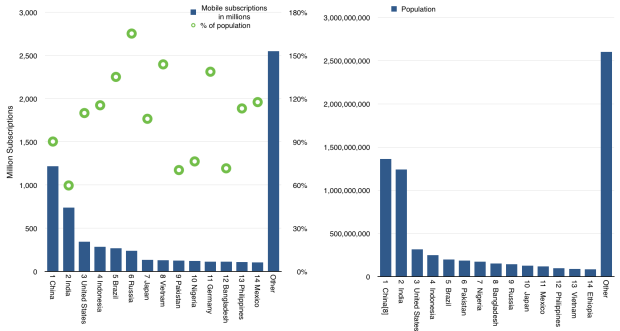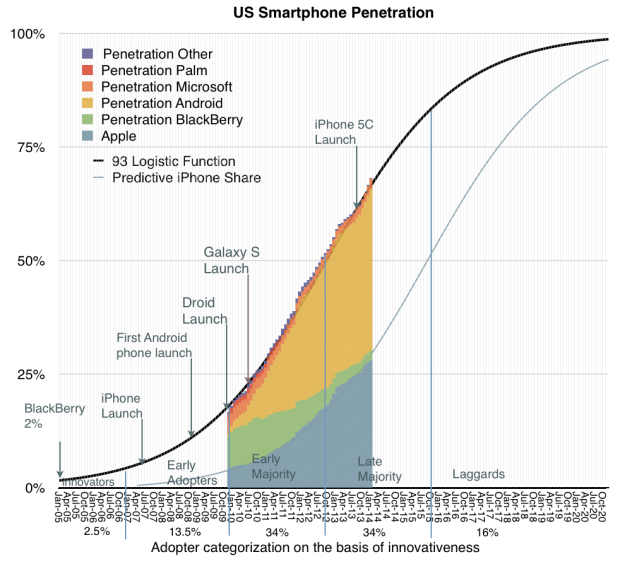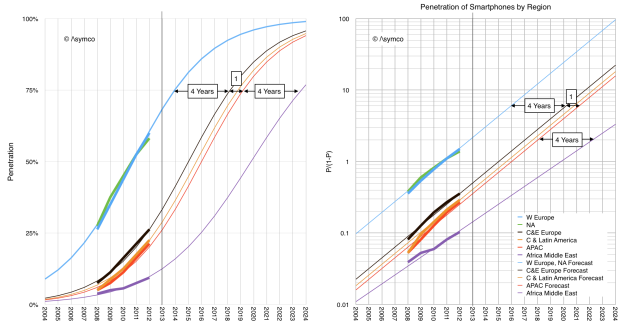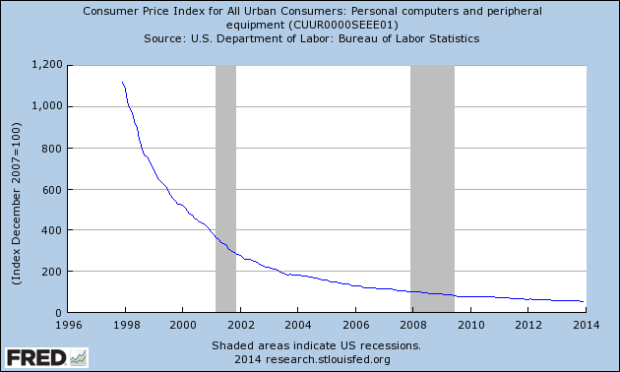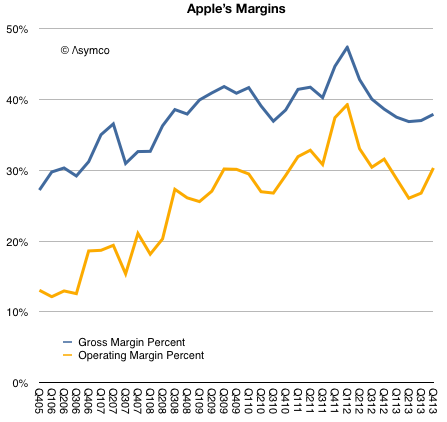When trying to assess the success of an ecosystem, the primary measure is the size of the user base or the “audience” for the product. Companies like FaceBook and WhatsApp and Twitter are measured first and foremost on this metric. Companies like Google, Amazon, Apple and Microsoft are less so. When revenues are firmly attached to products the focus shifts to “follow-the-money” rather than “follow-the-users” metrics.
That’s as it should be, but for the sake of understanding the competition between ecosystems, they should be compared on some similar basis. If the basis of competition in this day and age is ecosystems how does one evaluate Facebook’s vs. Microsoft’s? Or, more poignantly, how does one compare WhatsApp’s valuation with that of iMessage?
It’s common to value a company which aggregates audiences at a multiple of that audience size. The implication being that each member of the audience returns a certain cash flow to the aggregator and the discounting of those flows is the net present value. Which is why, for example, a newspaper is valued in terms of its subscribers. As is a TV network and as might be a social network. Using this metric, a WhatsApp (i.e. free messaging) user is worth $40 and the average social media user may be worth around $100.
The implication is that users/subscribers/audience members are loyal and will stay with the programming for some time. There is also a second implication that businesses which are not measured by audience size don’t have this loyal and recurring revenue base. The absence of an “audience” implies transience and impermanence and results in deep discounting of long-term viability.
Continue reading “Tim Cook’s outburst [Updated]”

